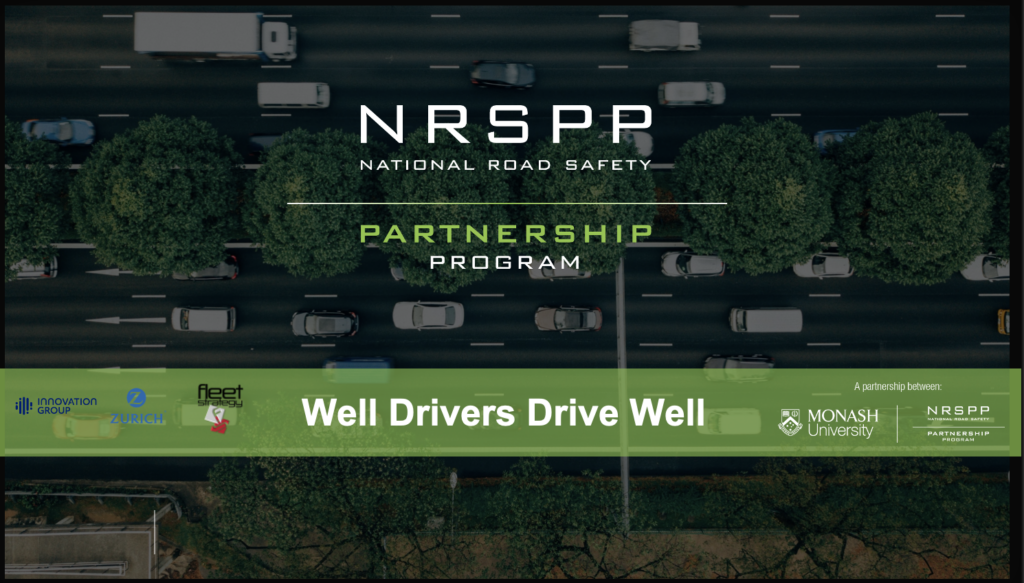WELL DRIVERS DRIVE WELL: HOW DRIVER WELLBEING AT WORK MAKES US ALL SAFER
Driving is the most dangerous task a worker will be asked to undertake. In fact, vehicle use in road traffic is by far the most significant contributor to work-related traumatic injury, with two thirds of worker traumatic injury fatalities in the past 20 years involving a vehicle, and half of those occurring on a public road. While ‘wellness’ has become something of a buzz word, there is a well established link between driver wellness and driving well, and taking simple steps to improve the wellness of professional drivers will drive road safety and wider benefits for them, their employers and the whole community.
Driving can be stressful and frustrating. And if it is a major part of your job, it can be an unpleasant activity for significant parts of the working day, which also makes it more tiring. Add that those who must drive for work purposes are more likely to be involved in a crash, simply because they are on the road more, and the risk starts to stack up.
On the flipside, however, driving for work purposes is also a significant workplace road safety opportunity. Given people who drive for work are on the road more than the average driver, investing in the safety of their driving behaviour maximises the potential for improving the safety of all of us.
Generally speaking, employers also have a higher level of control over staff who drive for work compared
to the driving public. As well as extending ‘bang for our buck’, this means it is easier and more effective to implement safety improvements in a work setting than the general population.
To read the full piece download the PDF below.



